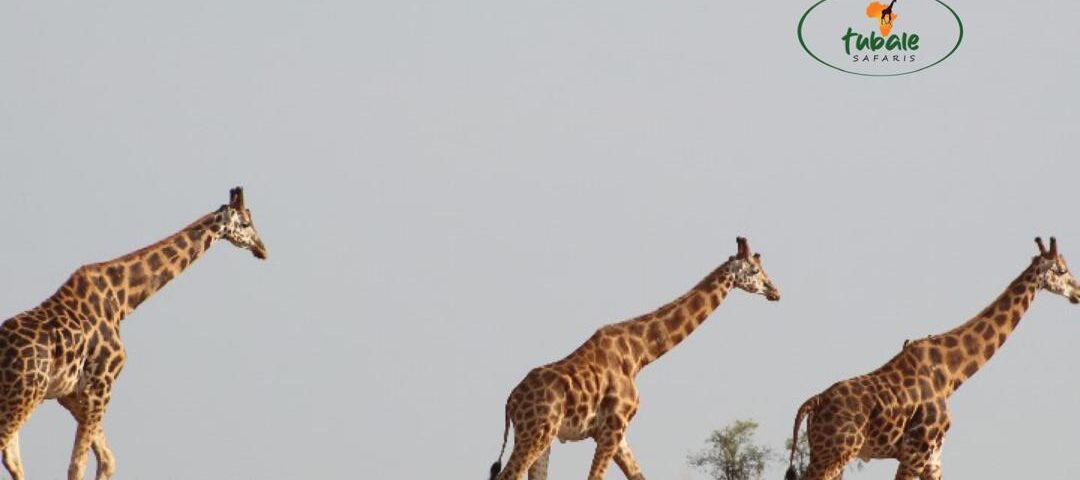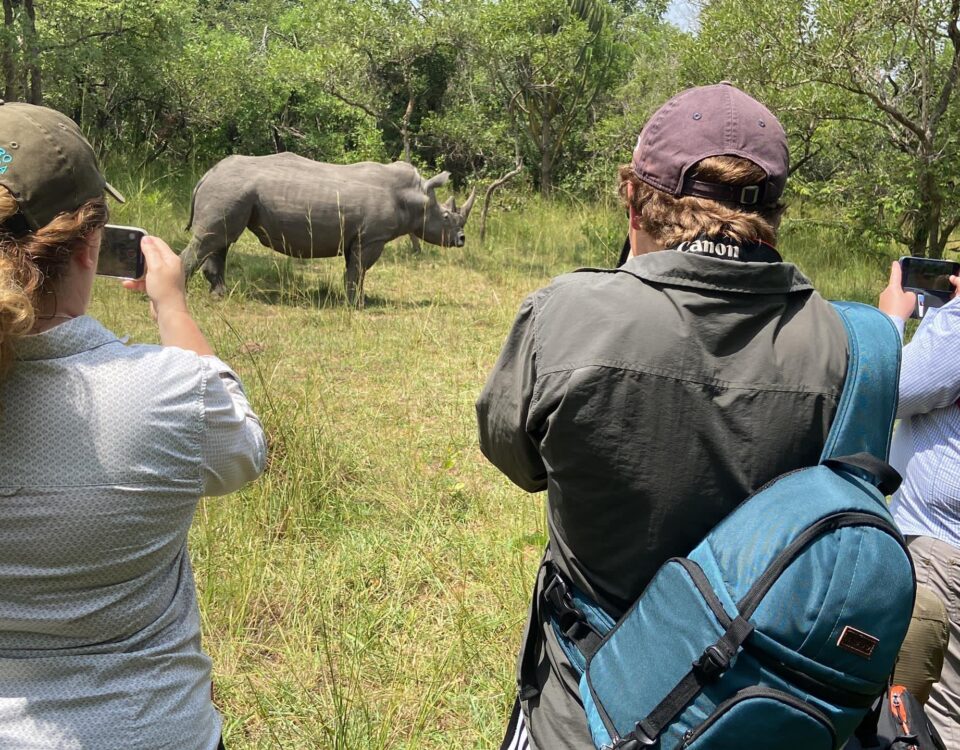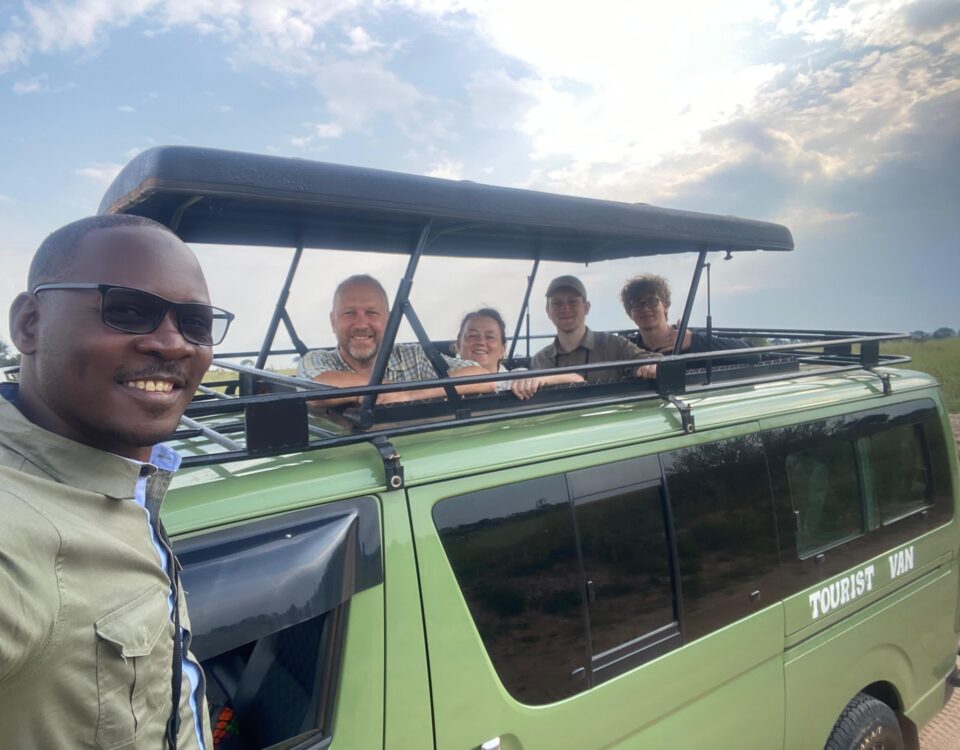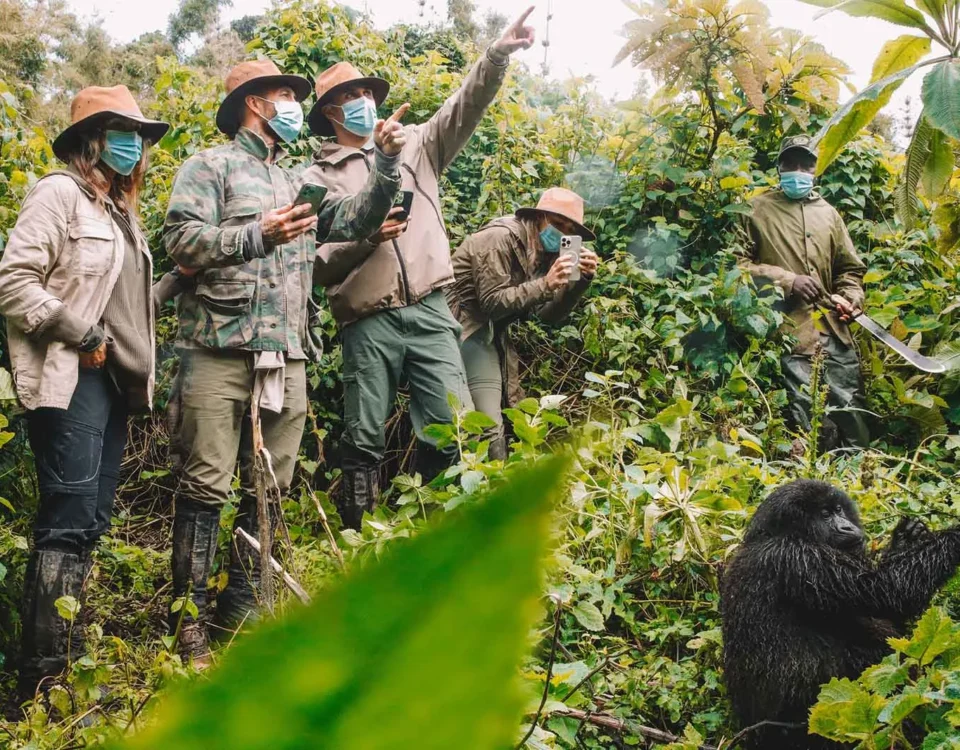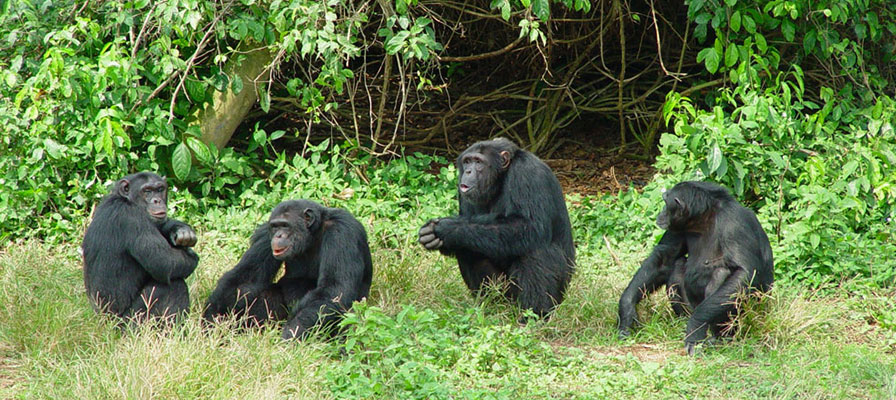
Best Things To Do on Vacation at Nyungwe Forest National Park
May 28, 2025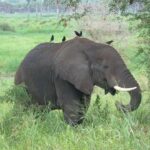
What is the Best Time to Visit for a Wildlife Tour in East Africa?
May 28, 2025Best Time to Visit Masai Mara National Reserve
The Best Time to Visit Masai Mara National Reserve is a question often asked by avid travelers and wildlife enthusiasts planning an unforgettable Kenya safari. Renowned worldwide as one of Africa’s premier wildlife safari destinations, the Masai Mara National Reserve offers an unparalleled safari experience rich in biodiversity, breathtaking landscapes, and vibrant cultural encounters. Tubale Safaris invites you to explore this spectacular reserve, where the natural rhythms of wildlife migrations and the vibrant Masai culture combine to create a once-in-a-lifetime adventure.
Kenya safaris remain a top choice for travelers seeking to immerse themselves in Africa’s wildlife wonders. The Masai Mara National Reserve, spanning an impressive 1,510 square kilometers, is located in southwestern Kenya and shares a natural border with Tanzania’s famed Serengeti National Park. This connection forms part of the greater Serengeti-Masai Mara ecosystem, one of the most important and diverse wildlife habitats on the continent. Whether you are planning a wildlife safari focused on the Big Five, the Great Wildebeest Migration, or a combination with gorilla trekking safaris in Uganda or Rwanda, understanding the best time to visit the Masai Mara is essential to making the most of your trip.
This article, crafted by Tubale Safaris, will guide you through the best seasons, wildlife highlights, and cultural experiences available during your visit to the Masai Mara National Reserve, while also discussing the possibility of combining your safari with gorilla trekking safaris in Uganda and Rwanda for a truly comprehensive East African adventure.
The Ecological Marvel of Masai Mara National Reserve
Diverse Landscapes and Rich Wildlife Habitats
Understanding the Best Time to Visit Masai Mara National Reserve requires appreciating the diversity of landscapes and habitats that define this iconic safari destination. Nestled within the Great Rift Valley—a geological fault that extends from Ethiopia down to Mozambique—the Masai Mara’s varied terrain supports an astonishing variety of wildlife species. The reserve’s geography comprises several distinct zones that provide different habitats, each crucial for various wildlife populations.
To the west, the elevated Siria Escarpment forms a dramatic plateau, offering breathtaking views and hosting unique ecosystems. The Ngama Hills to the east feature sandy soils and dense bushes favored by elusive black rhinos, a critically endangered species treasured by safari-goers. Another key region is the Mara Triangle, located along the Mara River, where lush grasslands and dense woodlands create an ideal sanctuary for wildebeests, zebras, and large predators. The central plains, which make up the bulk of the reserve, feature rolling grasslands dotted with isolated rocky outcrops, providing excellent vantage points for spotting lions, cheetahs, and elephants.
This ecological richness makes the Masai Mara a focal point for wildlife safaris throughout the year. However, the timing of your visit plays a crucial role in determining the abundance and visibility of various species, especially when considering world-renowned events such as the Great Wildebeest Migration. Tubale Safaris can help tailor your visit to coincide with peak wildlife viewing opportunities to ensure your Kenya safari is unforgettable.
When is the Best Time to Visit Masai Mara National Reserve?
Optimal Seasons for Wildlife Viewing and The Great Wildebeest Migration
The Best Time to Visit Masai Mara National Reserve largely depends on your safari interests and the wildlife events you wish to witness. While the reserve offers exceptional wildlife viewing throughout the year, specific months stand out due to the seasonal movements and behaviors of the animals.
The period from July to October is universally recognized as the prime time to visit Masai Mara, as it coincides with the peak of the Great Wildebeest Migration. During these months, over a million wildebeests, accompanied by hundreds of thousands of zebras and gazelles, migrate from Tanzania’s Serengeti across the Mara River into the Masai Mara in search of fresh grazing grounds. This spectacular natural event attracts not only herbivores but also predators like lions, crocodiles, and cheetahs, creating dramatic and thrilling predator-prey interactions. Visitors during this period witness some of the most iconic and awe-inspiring moments of the African wilderness.
Outside the migration period, from January to March, the Masai Mara experiences the short dry season, which still offers excellent game viewing as animals congregate near water sources. This time is particularly favorable for spotting resident wildlife such as elephants, giraffes, buffaloes, and the Big Five. The lush vegetation following the rains also provides beautiful scenery and excellent photographic opportunities.
The long rains typically occur from April to June, and while this is considered the low season for tourism, the reserve’s beauty is enhanced by vibrant greenery and fewer crowds. Some lodges and camps may offer discounted rates during this quieter time, making it appealing for travelers seeking a more intimate safari experience.
Tubale Safaris recommends the July to October window for first-time visitors keen to witness the migration but encourages repeat visitors or those focused on gorilla trekking safaris and primate tours in Uganda and Rwanda to consider the other months for a more relaxed, wildlife-focused experience.
Cultural Experiences in and Around Masai Mara National Reserve
Immersing in Masai Traditions and Community Life
The Best Time to Visit Masai Mara National Reserve is not just about wildlife—it also presents rich opportunities to engage with the vibrant Masai culture, which is integral to the region’s identity and conservation efforts. The Masai people are among Kenya’s most iconic indigenous communities, known worldwide for their traditional customs, distinctive dress, and harmonious coexistence with wildlife.
During your safari with Tubale Safaris, you can include visits to Masai villages where you will be warmly welcomed and offered insights into their age-old customs, beadwork, music, and dance. These cultural tours allow visitors to witness traditional ceremonies, participate in local storytelling, and learn about the Masai’s pastoralist lifestyle. Engaging with local communities contributes directly to sustainable tourism, helping preserve Masai culture and supporting conservation efforts around the reserve.
The timing of your visit can enhance cultural interactions, especially during certain festivals and ceremonies that occur at specific times of the year. Combining your Masai Mara wildlife safari with cultural tours enriches your overall Kenya safari experience, providing a balance of nature and human heritage.
Combining Masai Mara Safari with Gorilla Trekking in Uganda and Rwanda
Expanding Your East African Adventure with Primate Safari Experiences
For travelers seeking a more diverse wildlife safari, the Best Time to Visit Masai Mara National Reserve can be combined with gorilla trekking safaris in Uganda and Rwanda to create a truly exceptional East African adventure. Tubale Safaris specializes in seamlessly integrating Kenya safaris with Uganda Gorilla Trekking and Gorilla Trekking Rwanda experiences, enabling travelers to witness Africa’s iconic wildlife and primates in a single trip.
After an exhilarating Masai Mara safari, you can journey north to Uganda for gorilla trekking in Bwindi Impenetrable Forest or Mgahinga Gorilla National Park, or head to Rwanda’s Volcanoes National Park for a gorilla habituation experience. Gorilla trekking safaris provide an intimate and rare chance to observe mountain gorillas in their natural habitats, offering insights into their complex social behaviors and conservation needs. The timing of gorilla trekking permits is flexible year-round, though drier months (June to September and December to February) are preferred for trekking.
By combining your Kenya safari with primate tours, including chimpanzee tracking in Kibale Forest National Park, you expand your wildlife encounters beyond the plains to include tropical forests and primate sanctuaries. Tubale Safaris expertly curates such combined itineraries, maximizing wildlife viewing and cultural experiences across multiple countries while ensuring seamless travel logistics and professional guiding.
Why Choose Tubale Safaris for Your Masai Mara and Gorilla Trekking Safari?
Expert Safari Planning, Personalized Experiences, and Sustainable Tourism
Selecting the right safari operator is essential when planning the Best Time to Visit Masai Mara National Reserve or combining it with gorilla trekking safaris in Uganda and Rwanda. Tubale Safaris stands out for its deep expertise, personalized service, and commitment to sustainable and ethical tourism practices.
With years of experience guiding travelers through Kenya, Uganda, and Rwanda’s premier wildlife parks, Tubale Safaris ensures that every detail of your safari is thoughtfully organized—from securing gorilla trekking permits and arranging expert guides to selecting the best lodges and camps. Their team prioritizes guest safety, wildlife conservation, and cultural respect, making your adventure rewarding on all levels.
Whether you seek the grandeur of the Great Wildebeest Migration, the thrill of gorilla habituation experiences, or the cultural richness of the Masai community, Tubale Safaris offers bespoke itineraries that bring your dream safari to life.
The Best Time to Visit Masai Mara National Reserve combines spectacular wildlife viewing, including the world-famous Great Wildebeest Migration, with opportunities to engage in vibrant cultural experiences. When paired with gorilla trekking safaris in Uganda or Rwanda, your East African safari transforms into a multi-dimensional journey through some of Africa’s most remarkable landscapes and ecosystems. Let Tubale Safaris be your guide to this unforgettable adventure, expertly blending Kenya’s iconic wildlife with the rare and precious encounters of gorilla and chimpanzee tracking safaris.

